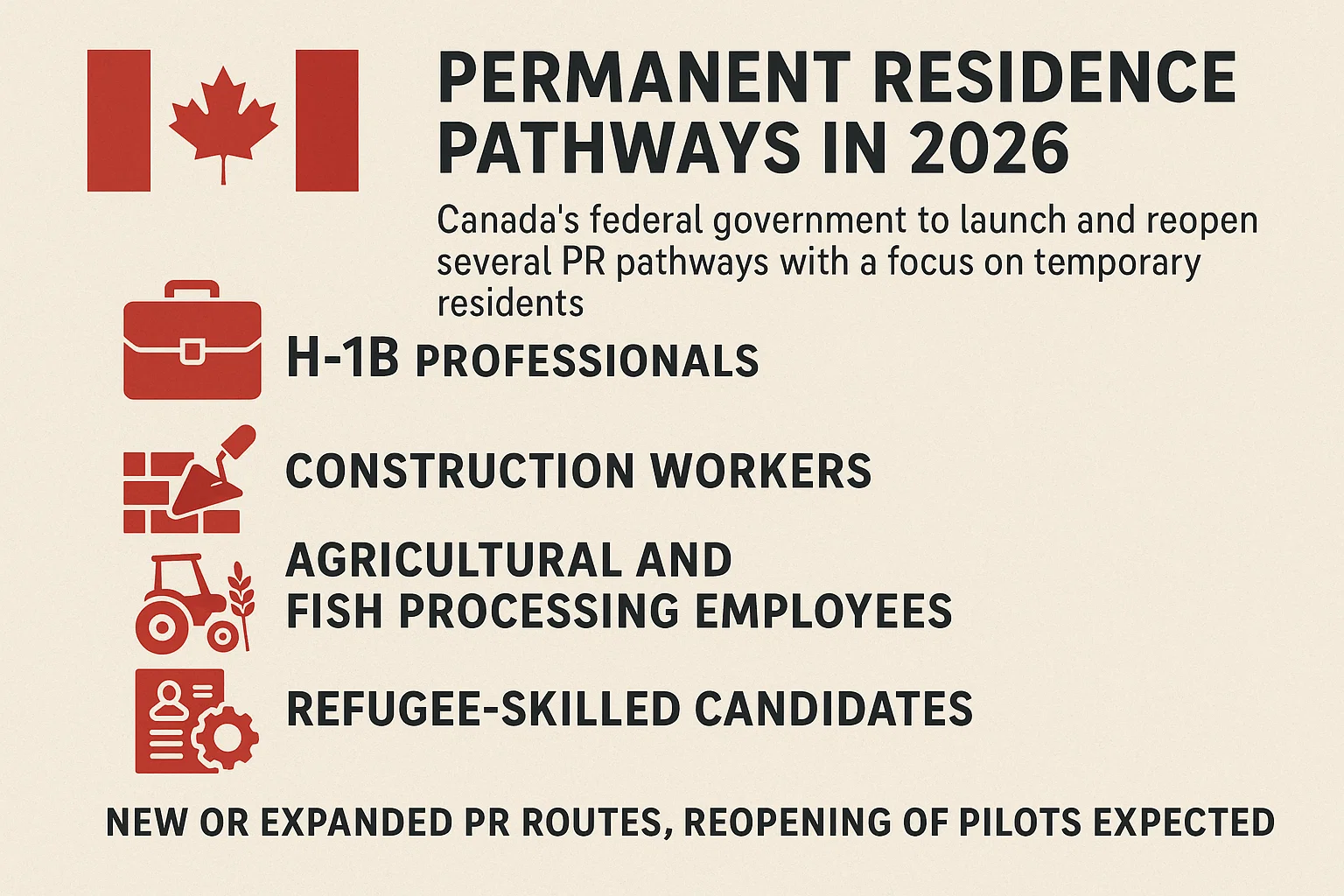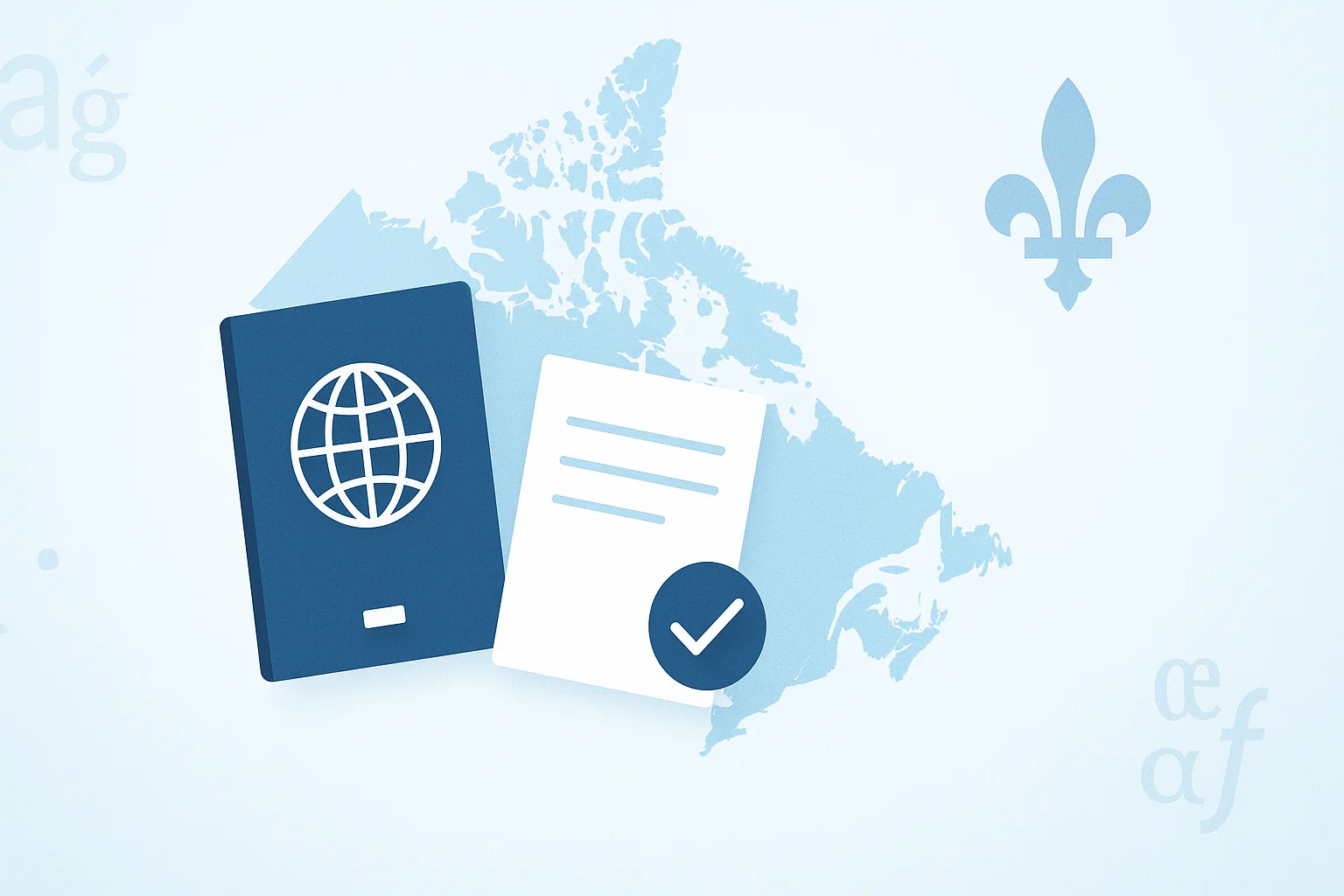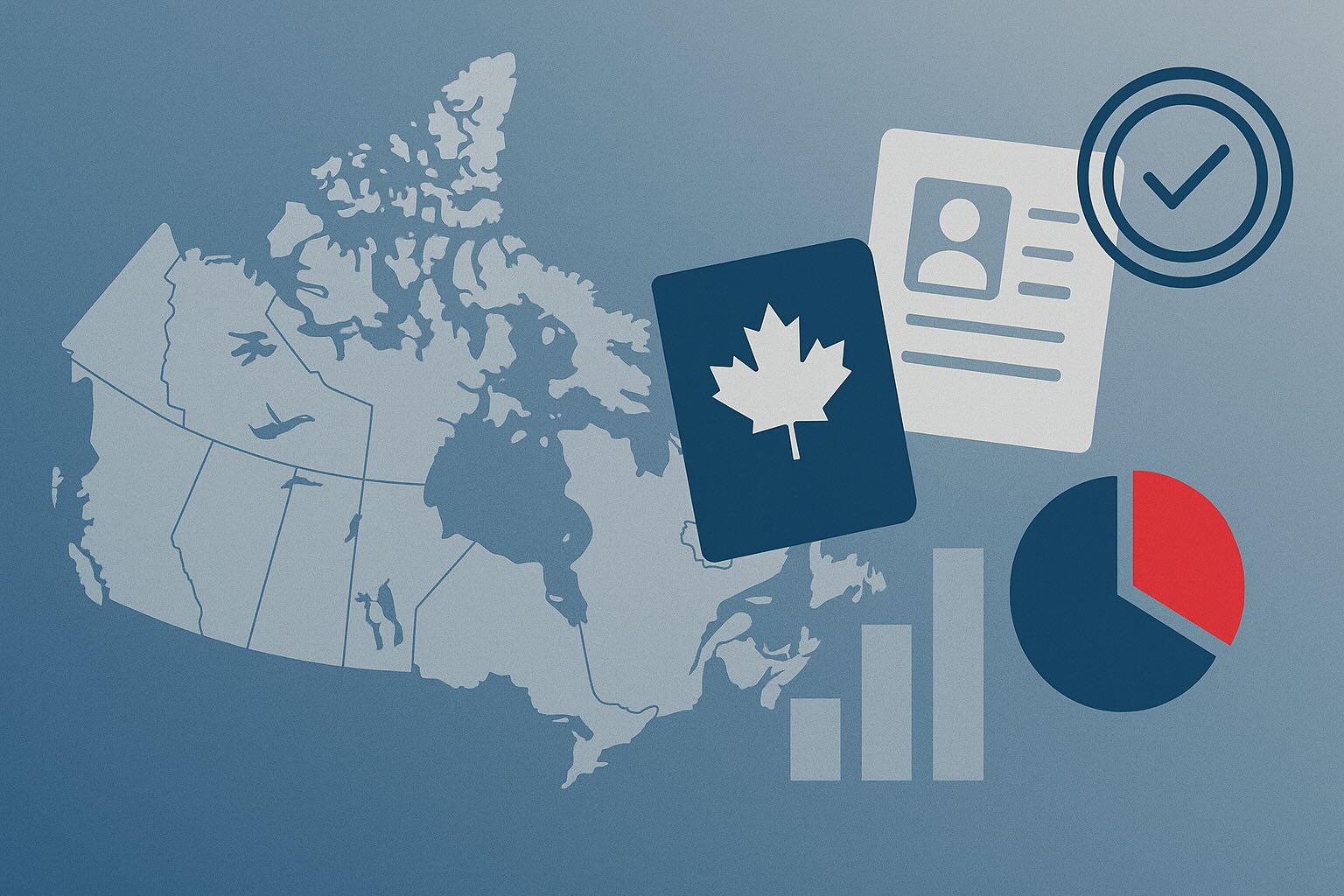The immigration landscape of Canada's economic powerhouse, Ontario, is undergoing a profound transformation. As of July 1, 2025, new regulations implemented by the Ontario Ministry of Labour, Immigration, Training and Skills Development have granted the Ontario Immigrant Nominee Program (OINP) unprecedented control, signaling fiercer competition and stricter screening for future applicants.
A Detailed Look at the Core Policy Changes
The reform's key components are concentrated in the following five areas:
- Authority to Return Applications with a Full Refund: This is the most impactful change in the new policy. The OINP now has the power to proactively return certain applications before a final nomination decision is made. Applicants (or their representatives) whose files are returned will receive an official notification and a full refund of their application fee. An official statement indicated that returns would be based on three main considerations:
- Limitations on the provincial nomination allocation;
- The application's alignment with Ontario’s most urgent labour market needs;
- Program integrity risk factors.This move means Ontario will focus its resources on processing "high-quality applications" that directly address current labour shortages.
- Introduction of Mandatory In-person Interviews: To enhance verification, the OINP will now require some "employers and foreign national applicants" to attend in-person interviews. This step is designed to verify the authenticity of the application. Officials have also stated that necessary accommodations will be made for those who require them.
- Lowered Education Requirements for Early Childhood Educators: To attract in-demand professionals, the new policy specifically relaxes requirements for Early childhood educators and assistants (NOC 42202) under the Human Capital Priorities (HCP) and French-Speaking Skilled Worker (FSSW) streams. If an applicant is a registered member of the College of Early Childhood Educators of Ontario (and thus considered job-ready), they will be exempt from the usual requirement of a Canadian bachelor's, master's, or PhD degree (or a foreign equivalent).
- Launch of a New Employer Portal: The OINP has officially launched its new electronic Employer Portal, completing the final step in transitioning its Employer Job Offer streams to an employer-led application process. Crucially, with the launch of the new portal, all previously submitted Expressions of Interest (EOIs) have been withdrawn. To be considered, a foreign national must now work with their employer to submit a new EOI through the portal.
- Flexible Adjustment of Immigration Streams: The new legislation gives the OINP greater flexibility to dynamically establish or remove nomination streams in response to the province's evolving job market needs, ensuring that immigration policy can more nimbly serve economic development.
The Deeper Reasons Behind the Reforms
The most direct driver behind Ontario's decisive reforms is the drastic cut to provincial nomination allocations by the Canadian federal government. Like many other provinces, Ontario's allocation for this year has been nearly halved. This federal measure is aimed at tackling the nation's growing housing supply and affordability crisis.
Ontario was the last province to announce its new annual allocation, having previously paused all immigration selection activities until June 3. This was widely interpreted as the provincial government preparing its strategy to cope with the reduced numbers.
The immediate impact of the halved allocations—not just in Ontario but across Canada—is that Provincial Nominee Programs (PNPs) have become exceptionally selective. Provinces are no longer just looking at points but are increasingly prioritizing immigrants who are the best fit for their specific labour market and demographic needs. British Columbia's PNP, for example, has placed an indefinite pause on almost all of its provincial immigration pathways, concentrating its limited allocation on entrepreneurs and approximately 100 skilled workers who can deliver "high-economic impact" to the province.
For prospective immigrants to Canada, Ontario's reforms send a clear signal: the era of simply meeting minimum application requirements is over. In the future, an applicant's professional background and work experience, and how closely they align with Ontario's priority sectors, will be the decisive factors in securing a nomination.









